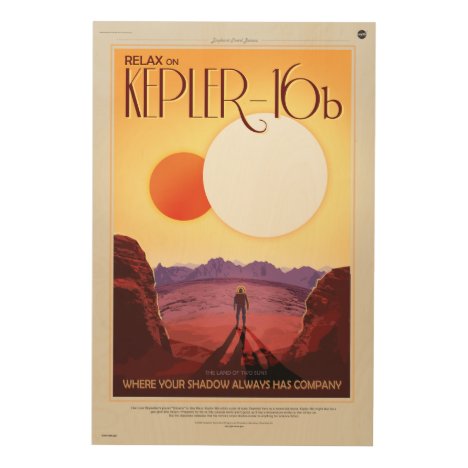This seemingly unspectacular series of dots with varying distances between them actually shows the slow waltz of two brown dwarfs. The image is a stack of 12 images made over the course of three years with the NASA/ESA Hubble Space Telescope. Using high-precision astrometry, astronomers tracked the two components of the system as they moved both across the sky and around each other.
via Science Daily
Zazzle Space Exploration market place

